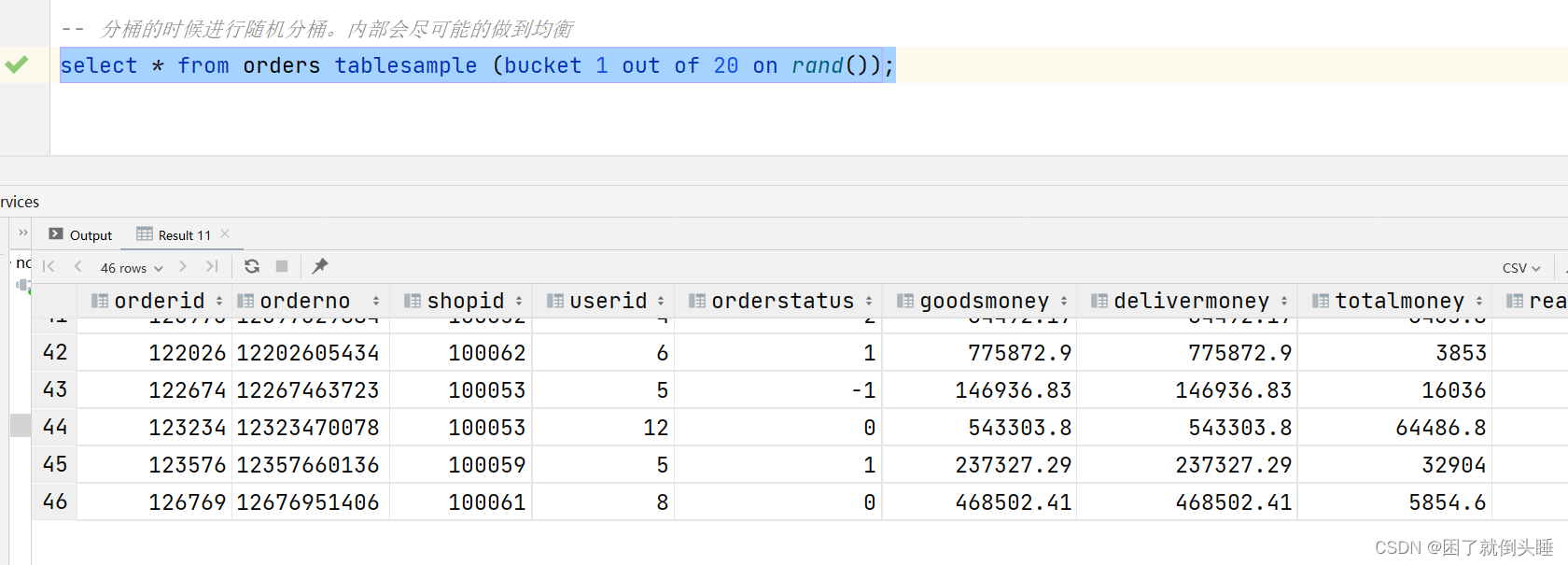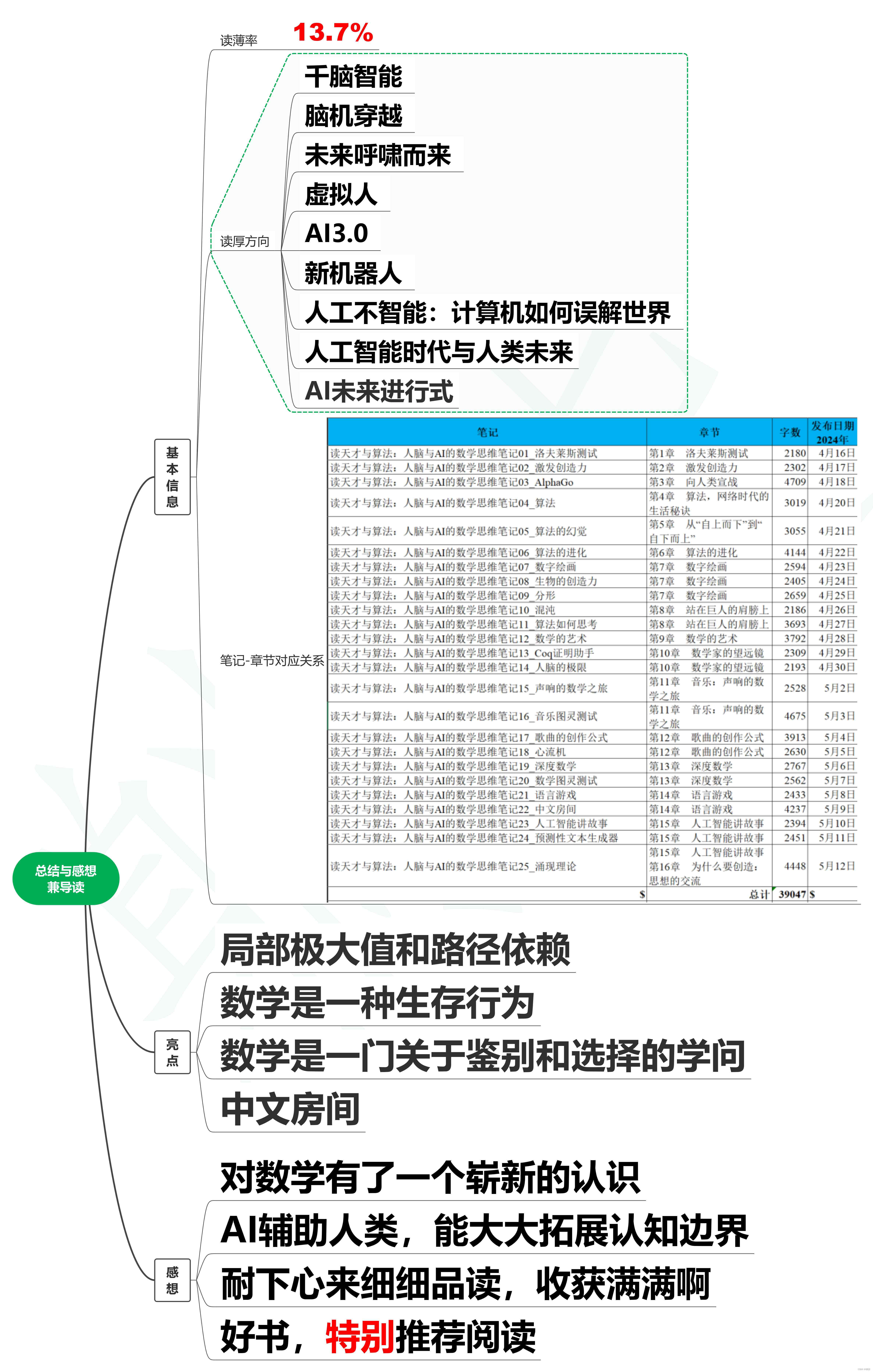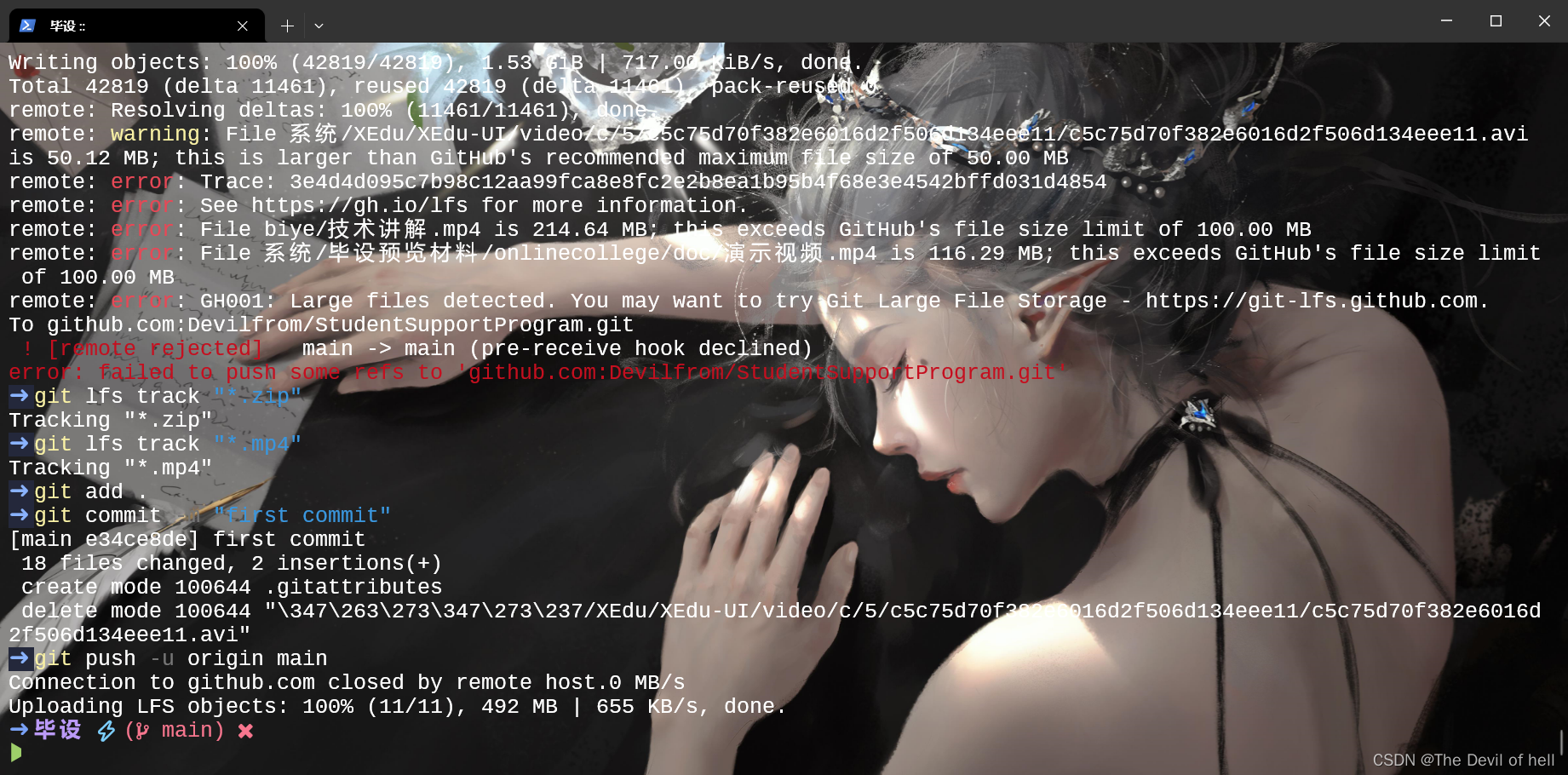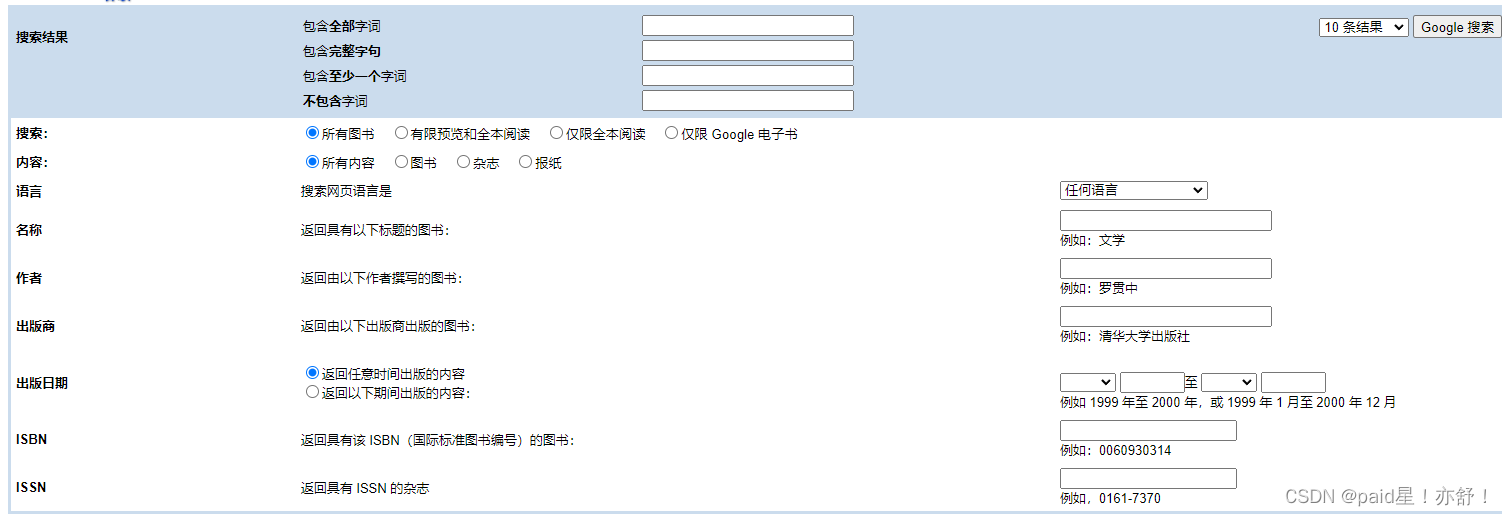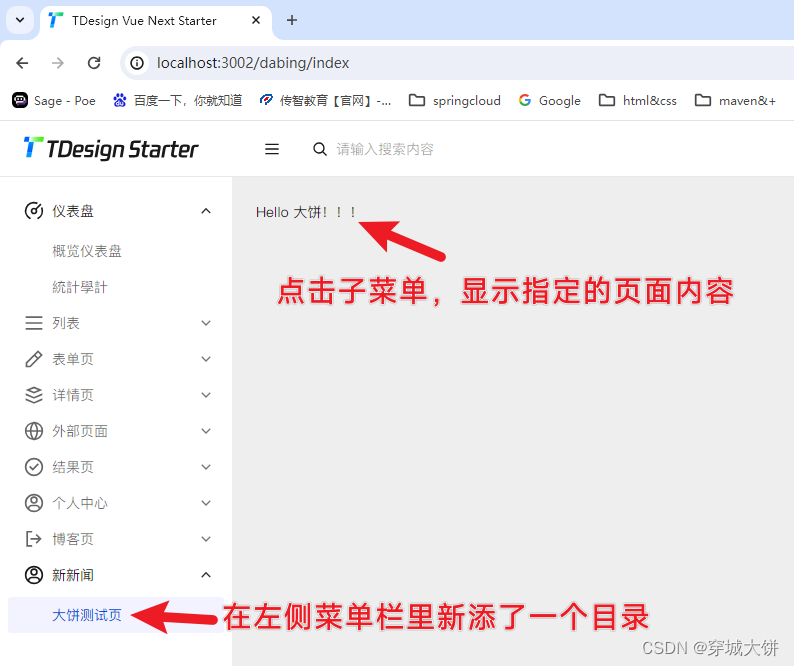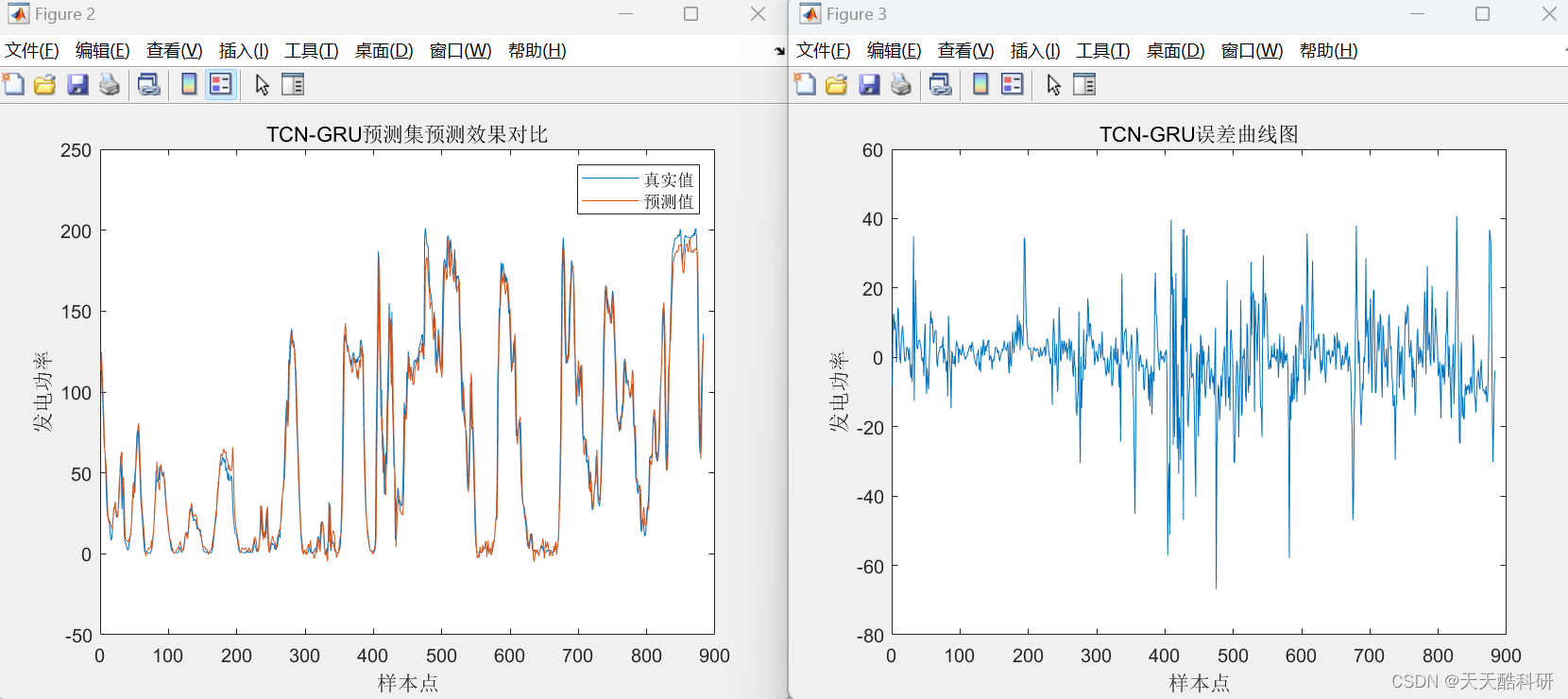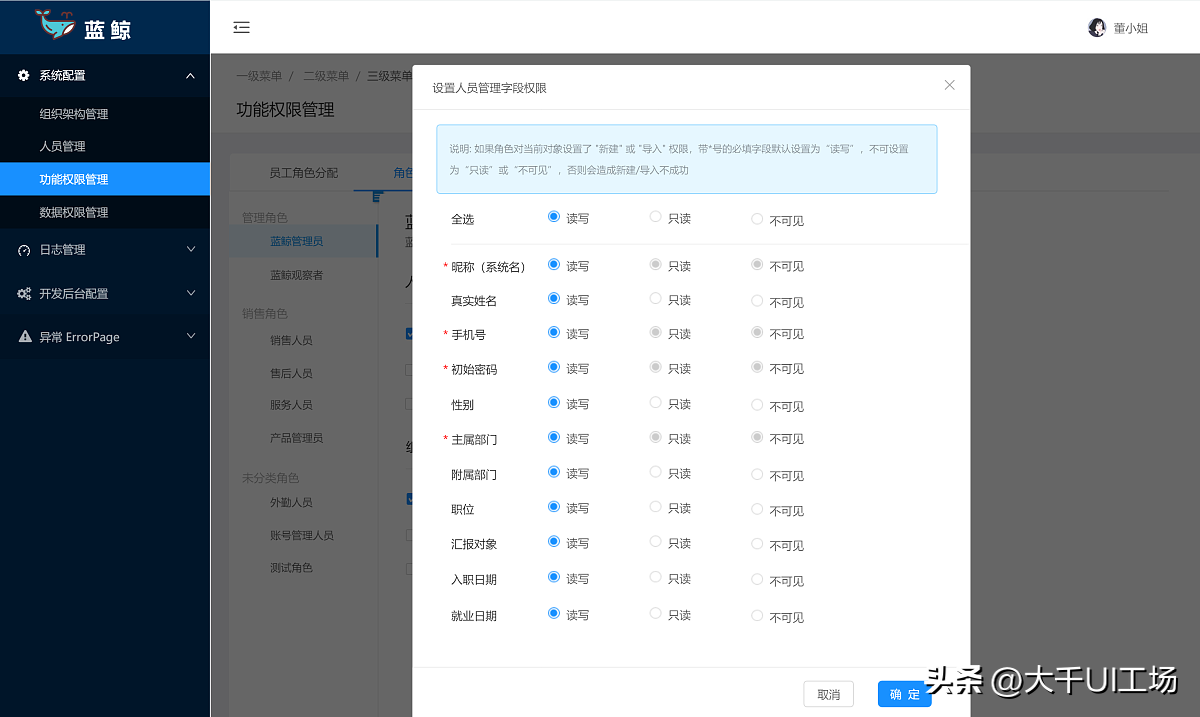
.exe文件主要包含pingmianF.py文件和read_inp_auto.py文件



实现效果
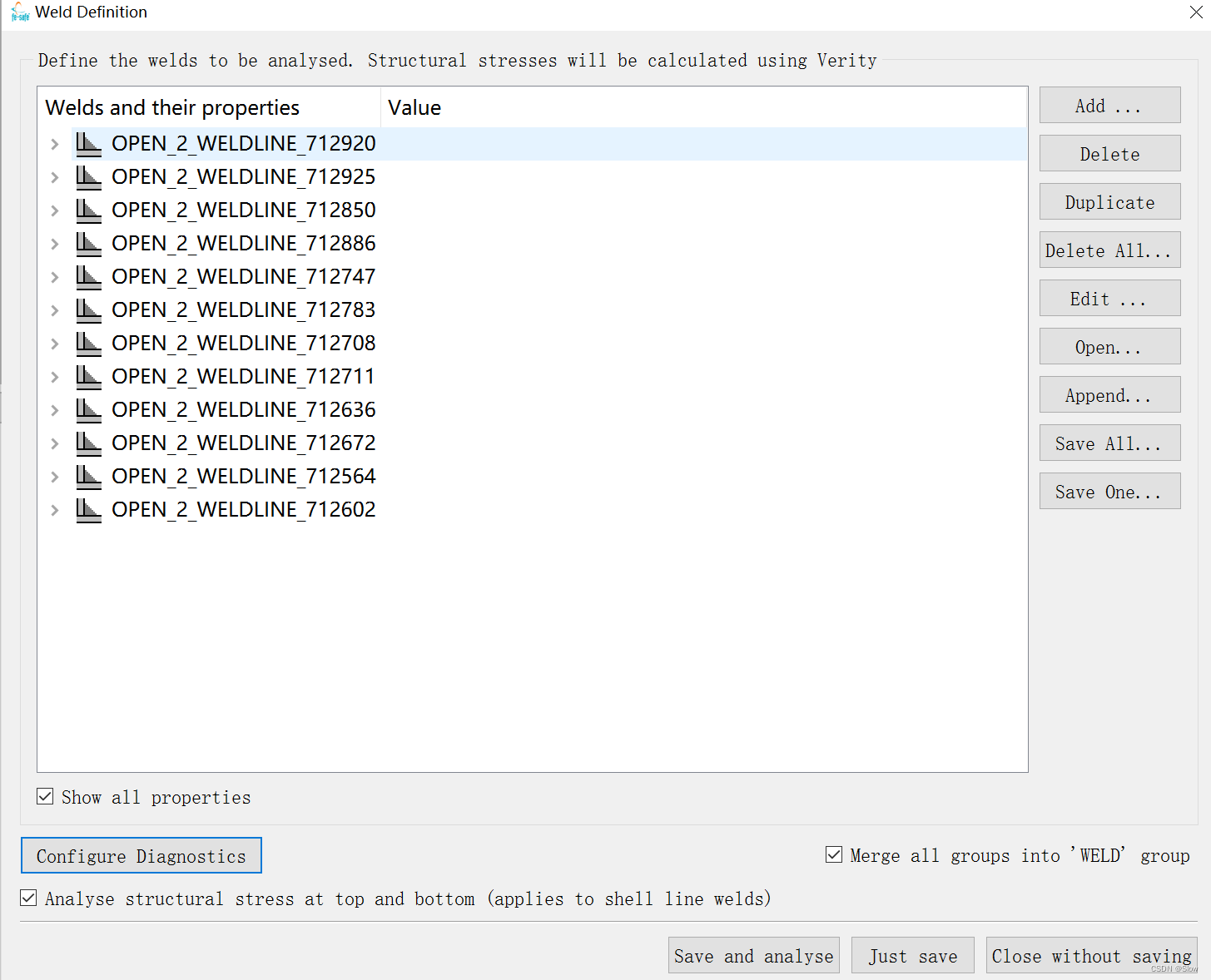
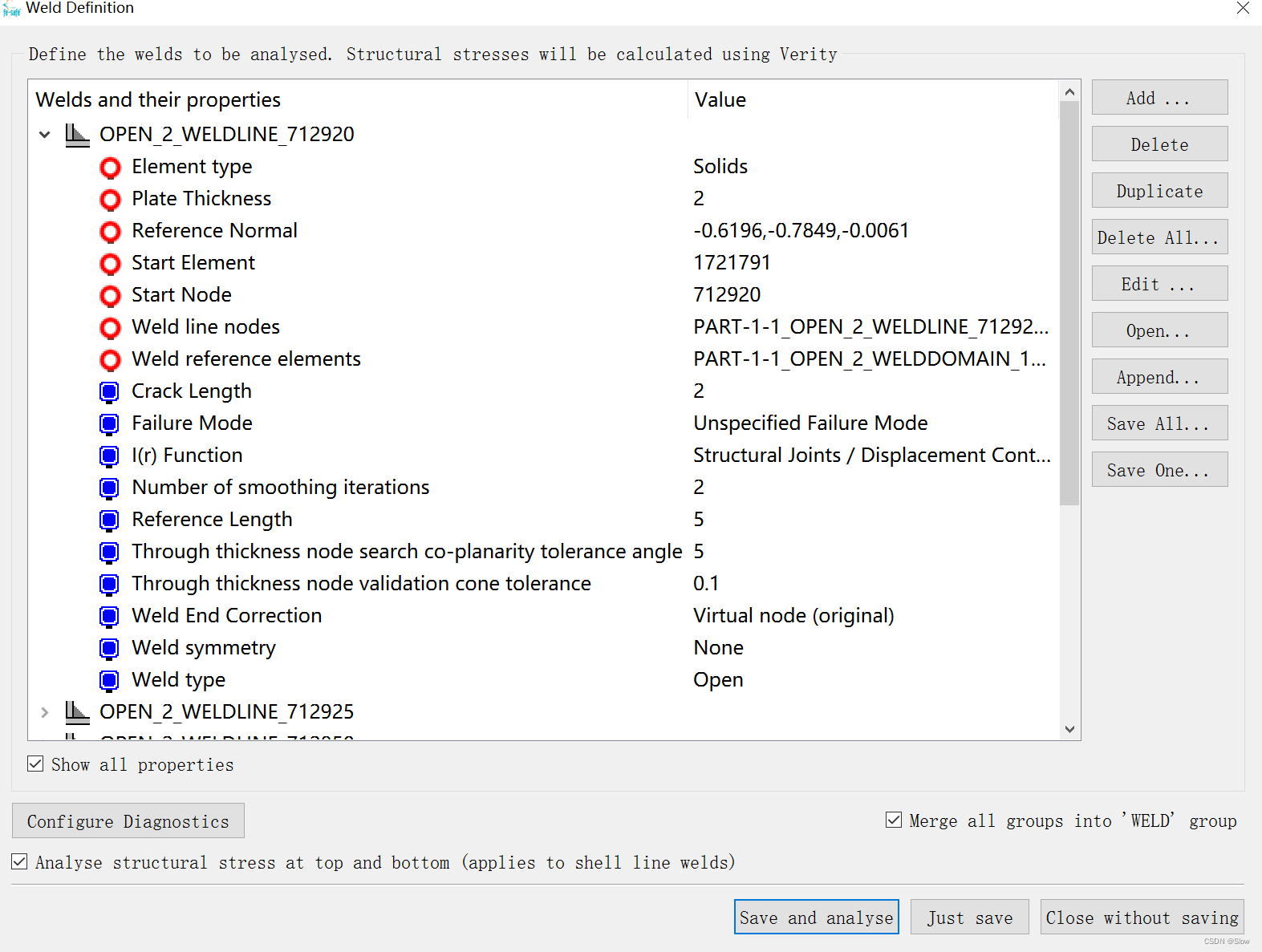
代码
read_inp_auto.py
#-*- coding: utf-8 -*-
import re
import sys
import os
import os.path
import time
import pingmianF
from pingmianF import vector
import numpy as np
from tkinter import messagebox
from tkinter import filedialog
ls_weldline = []
ls_welddomain = []
ls1 = []
ls2 = []
def popupmsg(msg):
messagebox.showerror('Warning', msg)
#生成资源文件目录访问路径
def resource_path(relative_path):
if getattr(sys, 'frozen', False): #是否Bundle Resource
base_path = sys._MEIPASS
else:
base_path = os.path.abspath(".")
return os.path.join(base_path, relative_path)
def automation(path_inpname):
#访问res文件夹下数据.txt的内容
filename = resource_path(os.path.join("file",path_inpname))
with open(filename,'r',encoding='utf-8') as fa:
for line in fa:
if "WELDLINE_" in line:
ls1.append(line)
if "WELDDOMAIN_" in line:
ls2.append(line)
print(ls1)
print(ls2)
# lines = fa.readlines()
# print(lines)
# f.close()
# fa.close()
# # with open ('project_incoordinata.txt','r',encoding = 'utf8') as f:
# fa = open(r"project_1.inp", 'r',encoding="utf-8")
# fb = open("weldline_out.txt",'w')
# fc = open("welddomain_out.txt",'w')
# # fd = open("all_node_coordinate_out.txt",'w')
# for line in fa:
#
# if "WELDLINE_" in line:
# ls1.append(line)
# if "WELDDOMAIN_"in line:
# ls2.append(line)
# print(ls1)
# print(ls2)
# ['*NSET, NSET=Closed_2_weldline_126578_143528\n', '*NSET, NSET=Closed_2_weldline_126051_144027\n', '*NSET, NSET=Open_3_weldline_126776_189374\n']
# ['*ELSET, ELSET=Closed_2_welddomain_318468\n', '*ELSET, ELSET=Closed_2_welddomain_318666\n', '*ELSET, ELSET=Open_3_welddomain_628339\n']
for i in range(0,len(ls1)):
ls_weldline.append(ls1[i].strip('\n').split('=')[-1])
#print(ls_weldline)
for j in range(0,len(ls2)):
# print(ls_welddomain[j])
ls_welddomain.append(ls2[j].strip('\n').split('=')[-1])
print(ls_welddomain)
print(len(ls_welddomain))
# ['Closed_2_weldline_126578_143528', 'Closed_2_weldline_126051_144027', 'Open_3_weldline_126776_189374']
# ['Closed_2_welddomain_318468', 'Closed_2_welddomain_318666', 'Open_3_welddomain_628339']
# fb.write(str(ls_weldline))
# fc.write(str(ls_welddomain))
# 从inp里面提取出需要的字符串存入,ls_weldline,ls_welddomain
welddomain_element = []
ls_element = []
for k in range(0,len(ls_welddomain)):
welddomain_element.append(ls_welddomain[k].strip('\n').split('_')[-1])
print("welddomain_element is"+str(welddomain_element))
print(len(welddomain_element))
# ['318468', '318666', '628339']
# 提取每个热影响区的起始单元
welddomain_ele_node = []
filename = resource_path(os.path.join("file",path_inpname))
print(filename)
with open(filename,'r',encoding='utf-8') as f:
# with open('project_1.inp', 'r') as f:
for line in f:
for j in range(0, len(welddomain_element)):
if welddomain_element[j] in line:
welddomain_ele_node.append(line)
print(welddomain_ele_node )
print(len(welddomain_ele_node) )
# f.close()
# print(welddomain_ele_node)
# print(len(welddomain_ele_node))
welddomain_ele = []
welddomain_node = []
welddomain_ele = welddomain_ele_node [0:len(welddomain_element)]
print(welddomain_ele)
print(len(welddomain_ele))
# [' 628339, 126776, 189374, 189375, 189198, 189434, 189435, 189433,\n', ' 318666, 144028, 127140, 126051, 144027, 144603, 144602, 144604,\n', ' 318468, 143529, 143528, 126578, 126990, 144519, 144521, 144520,\n']
#提取单元所在行包含的八个节点
for j in range(0, len(welddomain_ele)):
welddomain_ele[j] = welddomain_ele[j].strip( ).strip('\n').split(',')[1:4]
# print(welddomain_ele)spec
print(len(welddomain_ele))
# [[' 126776', ' 189374', ' 189375'], [' 144028', ' 127140', ' 126051'], [' 143529', ' 143528', ' 126578']]
# 提取单元所包含节点里面的前三个节点,用来求取法向量
# print(welddomain_ele[0][0])
#获取节点坐标文档
import re
filename = resource_path(os.path.join("file",path_inpname))
print(filename)
node_coordinate = []
with open(filename,'r',encoding='utf-8') as fa:
# node_coordinate = []
# with open('project_1.inp', 'r') as f:
data = fa.read().splitlines()
idx1 = data.index('*NODE,NSET=NALL')
idx2 = data.index('**')
output = data[idx1 + 1 : idx2]
# fa.close()
filename = resource_path(os.path.join("file","project_incoordinata.txt"))
print(filename)
node_coordinate = []
# with open(filename,'r',encoding='utf-8') as fa:
with open (filename,'w',encoding = 'utf8') as f:
f.write('\n'.join(output))
project_incoordinata = []
# f.close()
with open (filename,'r',encoding = 'utf8') as f:
lines = f.readlines()
for line in lines:
line = line.strip('\n').split(',')
project_incoordinata.append(line)
print(len(project_incoordinata))
print(project_incoordinata)
# f.close()
#[' 126776', ' 189374', ' 189375', ' 144028', ' 127140', ' 126051', ' 143529', ' 143528', ' 126578']
node = []
print(len(welddomain_ele))
for j in range (0,len(welddomain_ele)):
for k in range(0,3):
node.append(welddomain_ele[j][k])
print(node)
#[' 126776', ' 189374', ' 189375', ' 144028', ' 127140', ' 126051', ' 143529', ' 143528', ' 126578']
with open (filename,'r',encoding = 'utf8') as f:
for line in f.readlines():
str1 = line.split(',')[0]
int_str1 = int(str1)
for j in range(0,len(node)):
if int_str1 == int(node[j]):
node_coordinate.append(line)
# f.close()
# print(node_coordinate)
#node_coordinate
#['126051, -213.32157, -23.94757, 55.92702\n',
# '126578, -49.68242, -23.94821, -50.66072\n',
# '126776, -114.42335, -23.94608, -46.53174\n',
# '127140, -212.51184, -23.98995, 56.26252\n',
# '143528, -48.68259, -23.94195, -50.67784\n',
# '143529, -48.67345, -23.97157, -50.15527\n',
# '144028, -212.89419, -23.97285, 57.18638\n',
# '189374, -115.39657, -23.94313, -46.30191\n',
# '189375, -115.09989, -23.98079, -45.04446\n']
node_list = []
print(len(node))
print(len(node_coordinate))
for i in range (0,len(node)):
for j in range (0,len(node_coordinate)):
str1 = node_coordinate[j].strip(' ').split(',')[0]
str2 = node[i].strip(' ')
# print(str1)
# print(str2)
str3 = node_coordinate[j].strip(' ').strip('\n').split(',')[1:4]
if int(str1) == int(str2):
node_list.append(str3)
print(node_list)
# print(node_list[0])
# node_list = np.array(node_list)
# print(node_list)
# for i in range(0,len(node_list)):
# node_list[i] = node_list[i].astype(np.float64)
#
# print(node_list)
#
#['126776, -114.42335, -23.94608, -46.53174\n',
# '189374, -115.39657, -23.94313, -46.30191\n',
# '189375, -115.09989, -23.98079, -45.04446\n',
# '144028, -212.89419, -23.97285, 57.18638\n',
# '127140, -212.51184, -23.98995, 56.26252\n',
# '126051, -213.32157, -23.94757, 55.92702\n',
# '143529, -48.67345, -23.97157, -50.15527\n',
# '143528, -48.68259, -23.94195, -50.67784\n',
# '126578, -49.68242, -23.94821, -50.66072\n']
# [[' -114.42335', ' -23.94608', ' -46.53174'],
# [' -115.39657', ' -23.94313', ' -46.30191'],
# [' -115.09989', ' -23.98079', ' -45.04446'],
# [' -212.89419', ' -23.97285', ' 57.18638'],
# [' -212.51184', ' -23.98995', ' 56.26252'],
# [' -213.32157', ' -23.94757', ' 55.92702'],
# [' -48.67345', ' -23.97157', ' -50.15527'],
# [' -48.68259', ' -23.94195', ' -50.67784'],
# [' -49.68242', ' -23.94821', ' -50.66072']]
# fa.close()
#
# f.close()
# f1 = open('weld-current - 副本1.txt', 'r')
# f1 = open('weld-current - 副本1.txt', 'w')
# f2 = open('weld-current_modify.wdf', 'a')
filename1 = resource_path(os.path.join("file","weld-current_modify.wdf"))
os.remove(filename1)
filename2 = resource_path(os.path.join("file","weld_current.txt"))
f1 = open(filename1,'a',encoding='utf-8')
f1.write('<weld_definition>\n')
# f1.close()
# f2 = open('weld-current_modify.wdf', 'a')
#import os
#try:
#except
# f2.write('<weld_definition>\n')
# for line in f1:
# def Macro1(test_wdomain,test_wline):
j = 0
with open(filename2,'r',encoding='utf-8') as f2:
# content = f1.read()
# f1.seek(0,0)
# f1.write('<weld_definition>\n'+content)
for i in range(0,len(ls_welddomain)):
lines = f2.read()
f2.seek(0)
# if '%welddomain' in line:
# f1.write(line.replace('%welddomain','welddomain1234_4567'))
#
# lines = lines.replace('%Line_Weld','weld_line[i]')
# print('weld_line[i]')
lines = lines.replace('%New_Line',ls_weldline[i].upper())
lines = lines.replace('%plate_thickness', ls_weldline[i].strip('\n').split('_')[1])
lines = lines.replace('%welddomain',"PART-1-1_"+ ls_welddomain[i].upper())
lines = lines.replace('%start_element', ls_welddomain[i].strip('\n').split('_')[-1])
lines = lines.replace('%reference_normal',str(pingmianF.vector(node_list[j],node_list[j+1],node_list[j+2])))
print(vector(node_list[j], node_list[j + 1], node_list[j + 2]))
# if '%weldline' in line:
# f1.write(line.replace('%weldline', 'weldline1234_4567'))
lines = lines.replace('%weldline', "PART-1-1_"+ ls_weldline[i].upper()+"_nodal")
lines = lines.replace('%start_node', ls_weldline[i].strip('\n').split('_')[-1])
lines = lines.replace('%weld_type', ls_welddomain[i].strip('\n').split('_')[0].capitalize())
f1.write(lines)
j = j+3
f1.write('</weld_definition>')
f1.close()
f2.close()
fa.close()
f.close()
if __name__ == '__main__':
path_inpname = filedialog.askopenfilenames(title="Select Text File",
filetypes=[("INP File", "*.inp"), ("All Files", "*.*")])
# print(path_inpname)
automation(path_inpname[0])
# try:
# automation(path_inpname[0])
# except:
# popupmsg('工具运行不成功!')
# f2.close()pingmianF.py
# import numpy as np
#
# def compute_normal_vector(point1, point2, point3):
# vector1 = np.array(point2) - np.array(point1)
# vector2 = np.array(point3) - np.array(point1)
# normal_vector = np.cross(vector1, vector2)
# return normal_vector
#
# # 示例输入
# point1 = [-114.42335, -23.94608, -46.53174]
# point2 = [-115.39657, -23.94313, -46.30191]
# point3 = [-115.09989, -23.98079, -45.04446]
#
# normal_vector = compute_normal_vector(point1, point2, point3)
# print(normal_vector)
# # 在上面的代码示例中,我们使用了numpy库来进行向量的计算。
# # compute_normal_vector函数接受三个点作为输入,然后使用numpy库中的array函数将这些点转换为数组。
# # 接着,我们计算两个向量vector1和vector2,它们分别是point2-point1和point3-point1。
# # 最后,我们使用numpy库中的cross函数计算向量的叉积,得到平面的法向量。
# import read_inp_auto as read_inp
import numpy as np
p1 =[' -114.42335', ' -23.94608', ' -46.53174']
p2 =[' -115.39657', ' -23.94313', ' -46.30191']
p3 =[' -115.09989', ' -23.98079', ' -45.04446']
def vector(p1,p2,p3):
# 定义三个点的坐标
point1 = np.array(p1)
point2 = np.array(p2)
point3 = np.array(p3)
float_point1 = point1.astype(np.float64)
float_point2 = point2.astype(np.float64)
float_point3 = point3.astype(np.float64)
# 计算两个向量
vector1 = float_point2 - float_point1
vector2 = float_point3 - float_point1
# 计算法向量
normal_vector = np.cross(vector1, vector2)
# 归一化为单位向量
unit_normal_vector = normal_vector / np.linalg.norm(normal_vector)
vector_final =",".join(("{:.4f}".format(num) for num in unit_normal_vector))
return vector_final
# print(vector(p1,p2,p3))


